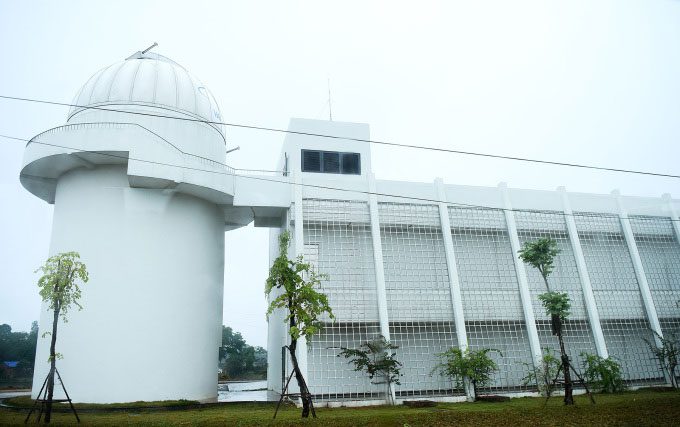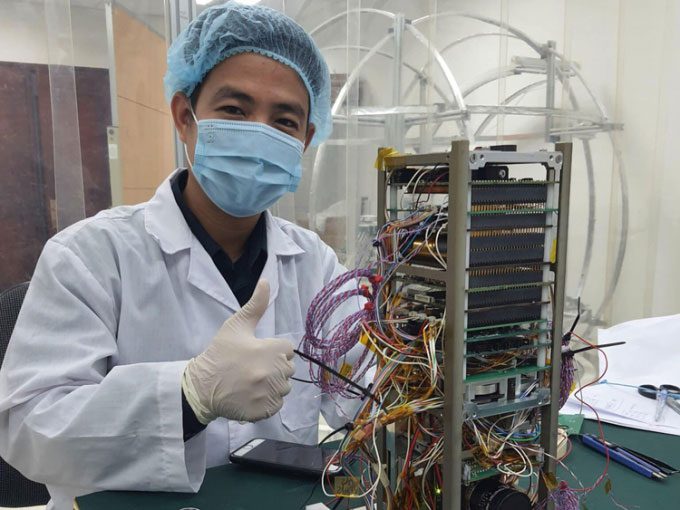LOTUSat-1, the first radar technology satellite, is expected to be completed by March and is scheduled for launch into orbit in early 2025, according to Dr. Lê Xuân Huy, Deputy General Director of the Vietnam National Space Center.
LOTUSat-1 is an Earth observation satellite capable of capturing high-resolution images in all weather conditions using Synthetic Aperture Radar (SAR) technology. The satellite’s image data will help meet the demand for imagery sources, providing accurate information to respond to and mitigate the impacts of natural disasters and climate change, manage natural resources, and monitor the environment, contributing to socio-economic development.
Dr. Huy stated that the development of the LOTUSat-1 satellite is part of the “Disaster Prevention and Climate Change Adaptation Using Earth Observation Satellites” project, which was initiated in the Hoa Lac High-Tech Park in Hanoi, funded by Japan’s ODA and Vietnam’s counterpart funds, and has been implemented since September 2012.
As of November 2023, the project has completed 99% of the infrastructure construction, and preparations are underway for the installation of equipment. The fabrication of the LOTUSat-1 satellite is expected to be finished by March 2024, with a launch window from December 2024 to February 2025.

The observatory at the Vietnam National Space Center located in Hoa Lac. Photo: Giang Huy
According to the timeline, by September 2024, the entire ground system responsible for operating the satellite will be completed at the Vietnam National Space Center in Hoa Lac. At that point, the entire system will be operational and ready to receive the satellite’s first signals.
Dr. Huy noted that unlike optical satellites, radar satellites can capture images in all weather conditions, particularly in cloudy, foggy, or low-light situations. He expects the data provided by this radar satellite will be significantly beneficial for Vietnam, especially in a climate environment that often experiences cloud cover.
In addition to satellite development, the center is also preparing training courses and technology transfer for processing radar satellite images; ensuring technology and human resources are ready so that when the satellite is launched into orbit, the data will be effectively utilized for future users of this satellite imagery. “The satellite is expected to operate for 5 years in orbit”, Dr. Huy said.

Researchers at the Vietnam National Space Center design the NanoDragon satellite. (Photo: VNSC).
To effectively utilize the LOTUSat-1 satellite, in November 2023, Professor Châu Văn Minh, President of the Vietnam Academy of Science and Technology (VAST), and Professor Yamakawa Hiroshi, President of the Japan Aerospace Exploration Agency (JAXA), signed an agreement to conduct a feasibility study for scientific cooperation in the field of space technology.
Under this cooperation, both parties will share experiences in operating the LOTUSat-1 satellite in orbit, managing the Vietnam National Space Center, and finding ways to share satellite image data.
Vietnam and Japan have begun collaborating in the field of space technology since 2006. With the support of JAXA, VAST engineers have researched and developed three ultra-small satellites “Made in Vietnam” including PicoDragon, NanoDragon, and MicroDragon, which have been successfully launched into orbit with JAXA’s assistance.


















































